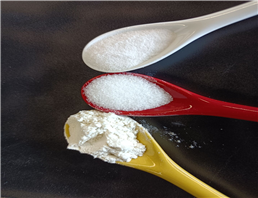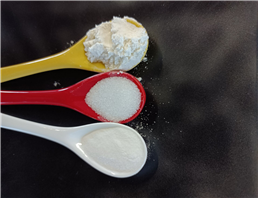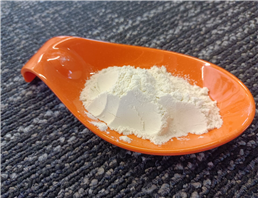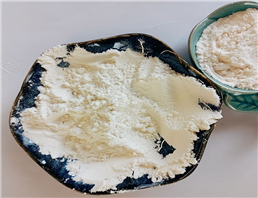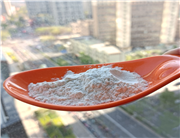| Uses | Tetracaine is used in assessing the potential for drug-nanoparticle surface interactions to improve drug penetration into the skin. |
| Description | Tetracaine is a local anesthetic or numbing medicine that is used to numb the throat, eyes, or nose. Normally, the drug is administered before starting a surgery to decrease pain from the procedure. Tetracaine is applied to the eyes 30 minutes before the start of an intravenous and its effects can last up to 15 minutes. |
| Mechanism of Action | Tetracaine acts by blocking the nerve systems. It does this by blocking the sodium ion channels needed for the conduction and initiation of neural impulses, thereby affecting the local anesthesia. Tetracaine acts by altering the function of calcium release channels that controls the release of calcium frim intracellular cells. |
| Precautions | No studies have revealed whether the medicine can affect an unborn child; however, it is important to inform the doctor if pregnant while using it.
Informing the doctor is paramount if breastfeeding a baby, as no known research has illustrated whether tetracaine can pass into breast milk or harm a nursing baby.
To make tetracaine safe, it is important to inform the doctor if one has a history of spinal or brain injury, heart diseases, eye problems, a blood vessel disorder, open sores, skin injury in the area where the medicine will be applied.
Tetracaine should never be orally taken since it is typically designed for use on the skin only. If the medicine gets in the mouth, nose, vagina, or rectum, rinse with water. |
| Application | Tetracaine topical (for the skin) is used to numb various body parts before a surgical procedure or a medical test. Conversely, tetracaine ophthalmic drops are used as local anesthetic for the eyes. |
| Dosage | Always follow all direction on the prescription label. Do not use the medicine in smaller or larger amounts or for longer than recommended. |
| Side Effects | Seek emergency medical advice in case of any of the following allergic reactions: difficult breathing, hives, swelling of the throat, tongue, lips, or face. Stop using the drug and call the physician if one has severe burning, swelling, stinging, or other irritation of the treated skin. Other alarming symptoms include eye watering, irritation, and increased sensitivity to light.
Common side effects include burning, stinging, or itching at the point of application of the medicine; numbness in places where tetracaine has been accidentally applied or skin redness or tenderness.
Nonclinical Toxicology
Studies conducted to reveal the genotoxicity of tetracaine have not indicated its mutagenesis, carcinogenicity, or impairment of fertility. |
| Chemical Properties | White or light-yellow, waxy solid. Very slightly soluble in water; soluble in alcohol, ether, benzene, chloroform. |

 China
China
